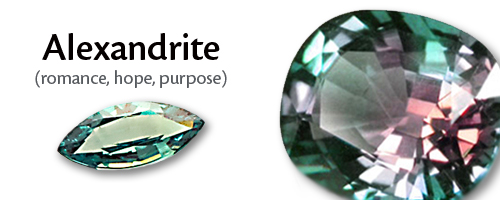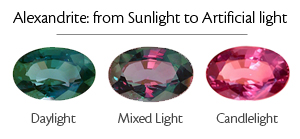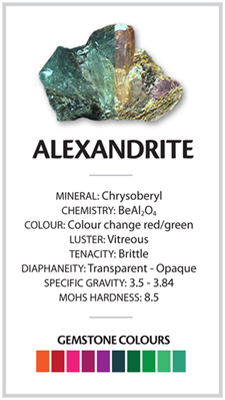From technicolur rainbows and warm browns to the deepest blacks, antiqued or patina’d sterling silver jewellery offers contrast and lots of character.
Patina’s vs. oxidization
Jewellers artificially darken sterling silver to create a rich intense finish quickly, we call this antiquing or adding a patina. Oxidization occurs naturally but slowly when reactive metals are exposed to oxygen, this chemical reaction creates a layer of tarnish on the surface. Tarnish (Silver sulfide) is actually a protective coating that prevents the oxidization from occurring deeper in the silver. Artificially oxidized jewellery is the result of using liver of sulfur to force a chemical reaction with silver and copper, which isn’t the same process as oxidization but it has the same result.
Quick care tips
All of my patina’d sterling silver jewellery has a protective wax finish. This ensures that the original treatment will endure for as long as possible. I use a high quality wax (Renaissance Wax) which has an added benefit of making these pieces easy to keep.
Store your patina’d jewellery in a zip close baggy, pocket, or drawer separate from your other pieces. This will keep the finish like new by preventing other pieces of jewellery from rubbing against them.
Easy cleaning instructions
Always avoid using abrasives like toothpaste and baking soda/baking powder, they’ll remove both finishes causing uneven wear and discoloration. Use a cloth instead of a brush for cleaning.
- Simply wipe the item clean with a soft cloth and mixture of tepid water and mild liquid soap.
- Once clean you can gently wipe dry, or allow the piece to air dry.
- Ensure the piece is completely dry before storing in a baggie.
If you’ve had a piece for many years and find that the protective coating and patina is wearing you can have the piece restored to its original finish. It’s super easy to care for your patina’d silver jewellery, but if DIY cleaning isn’t your thing, or you’d like a piece restored to its original finish, contact me about restoration and cleaning services.






